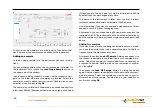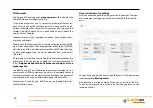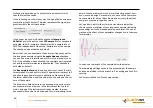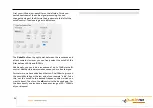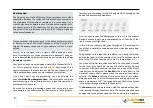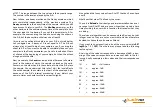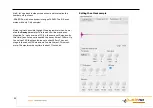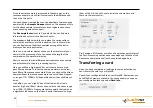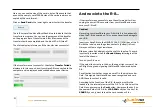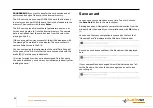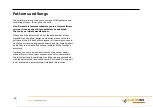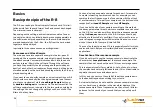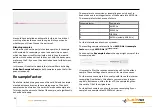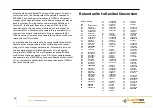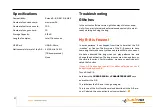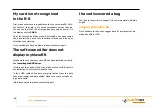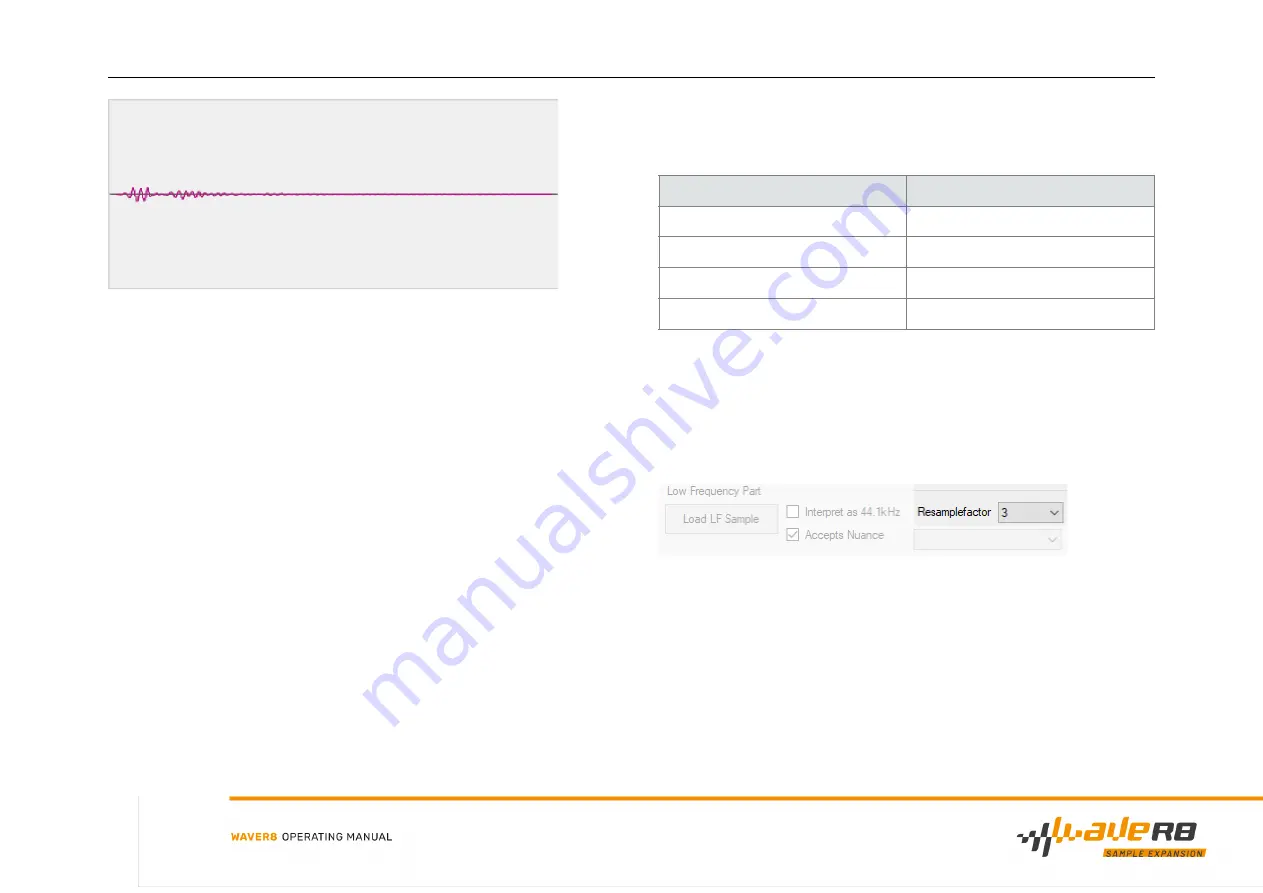
We could have installed an automatic for this, but we did not
want to patronize the user and thus give it into your hands
whether you still want to use the part or not.
Blending samples
Another way to use the parts is to blend samples, for example
with cymbals. For example, you can load a pelvis in one part,
which has been struck further inside, and in the other part a
pelvis, which has been struck further out. With the decay para-
meters on the R-8 you can then dazzle back and forth between
both parts.
In this case, it is better to disable the internal filters by ticking
Write Raw Sample to Card,
as both samples require the full fre-
quency response.
Resamplefactor
Due to the limited storage space on the card, Roland has imple-
mented an innovative way to save storage space. Thus, both
samples can be stored on the card with a reduced sample rate.
This reduces the amount of data of the sample, not significantly,
but quite noticeably.
The sample rate conversion or resampling can only be set in
fixed steps and is an integer factor of the sample rate 44100Hz.
The resample factor behaves as follows:
For the interested and tech-savvy reader:
The resulting sample rate results from
44100 Hz << resample
factor
or simply
44100 Hz / 2
resample factor.
You can set the
Resamplefactor
in the upper right corner of the
two sample parts.
It is preset to 3 for the resonance sample and 0 for the attack
sample. These settings should work well for most use cases.
For the resonance sample it is usually useful to use the internal
resampling. Qualitatively, this a
ff
ects your sample only imper-
ceptibly, but reduces, with a factor of 3, the sample length on
the card to 1/8 of the original size.
For the attack sample, you should only use resampling if your
sample has a sample rate of 22050Hz or lower.
Resample factor
Sample rate
0
44100 Hz
1
22050 Hz
2
11025 Hz
3
5512 Hz (actually 5512.5 Hz)
35
Содержание WaveR8
Страница 1: ......


